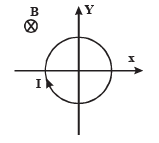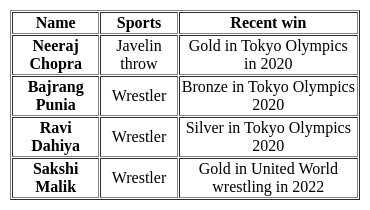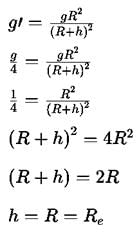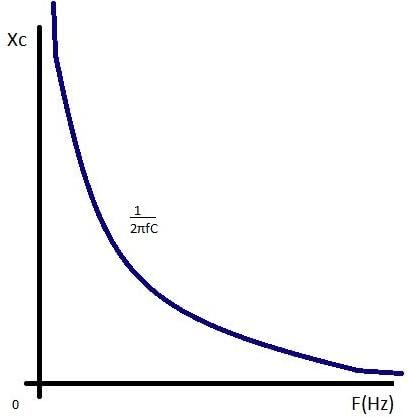HPSC PGT Physics Mock Test - 7 - HPSC TGT/PGT MCQ
30 Questions MCQ Test - HPSC PGT Physics Mock Test - 7
In 1757, who was defeated in the Battle of Plassey?
According to NEP 2020, what is the role of teachers in the new education system?
You have been coming across children who have very limited or no concentration in their tasks. They do not show any interest in communicating with others and are quite insistent by nature. These children are stressed children who can be identified by a teacher when they show
Jagadeesh, on driving his way to school, calculates the velocity for the trip to be 20 km/hr. After reaching the school he found the school was closed. So he immediately started returning home. While on his return trip, due to less traffic, he calculates the velocity to be 40 km/hr. Calculate Jagadeesh's average velocity for the entire journey.
Which of the following sets can enter into the list of fundamental quantities in any system of units ?
The kinetic energy of one mole of an ideal gas is E=3/2 RT. Then Cρ will be
The displacement of the motion of a particle is represented (in metre) by the equation The motion of the particle is
The equivalent resistance of a group of resistances is R. If another resistance is connected in parallel to the group, its new equivalent becomes R1 & if it is connected in series to the group, its new equivalent becomes R2 we have
A conducting loop carrying a current I is placed in a uniform magnetic field pointing into the plane of the paper as shown. The loop will have a tendency to

The figure shows the position-time (x-t) graph of one-dimensional motion of a body of mass 0.4 kg. The magnitude of each impulse is
[AIEEE 2010]
When too many people stand on a bridge it collapses, why?
Consider the following statements
Assertion (A) : The moment of inertia of a rigid body reduces to its minimum value as compared to any other parallel axis when the axis of rotation passes through its centre of mass.
Reason (R) : The weight of a rigid body always acts through its centre of mass in uniform gravitational field. Of these statements :
The height above surface of earth where the value of gravitational acceleration is one fourth of that at surface, will be
Which of the given relation is true for Newton’s law of cooling?
A circular coil of area 200 cm2 and 25 turns rotates about its vertical diameter with an angular speed of 20 ms-1 in a uniform horizontal magnetic field of magnitude 0.05 T. The maximum voltage induced in the coil is:
Polarity of the capacitor in the situation described by the adjacent figure is

The volume of a spherical body is decreased by 10-3% when it is subjected to pressure of 40 atmospheres. Find the bulk modulus of body.
(1 atm = 1.01 x 105 N/m2).
A particle of mass m is executing oscillations about the origin on the X-axis with amplitude A. Its potential energy is given as U(x) = βx4 where β is a positive constant. The x- cordinate of the particle, when the potential energy is one- third of the kinetic energy, is
Capacitive reactance of the capacitor depends upon
A battle ship simultaneously fires two shells at enemy ships. Both are fired with the same speed but with different directions as shown. If the shells follow the parabolic trajectories shown, which ship gets hit first?
The potential energy of a body at height h is mgh. Then its kinetic energy just before hitting the ground is
An unpolarised beam of intensity Io is incident on a polarizer and analyser placed in contact. The angle between the transmission axes of the polarizer and the analyser is θ. What is the intensity of light emerging out of the analyser?
A metal sheet is placed in a variable magnetic field which is increasing from zero to maximum. Induced current flows in the directions as shown in figure. The direction of magnetic field will be -





















